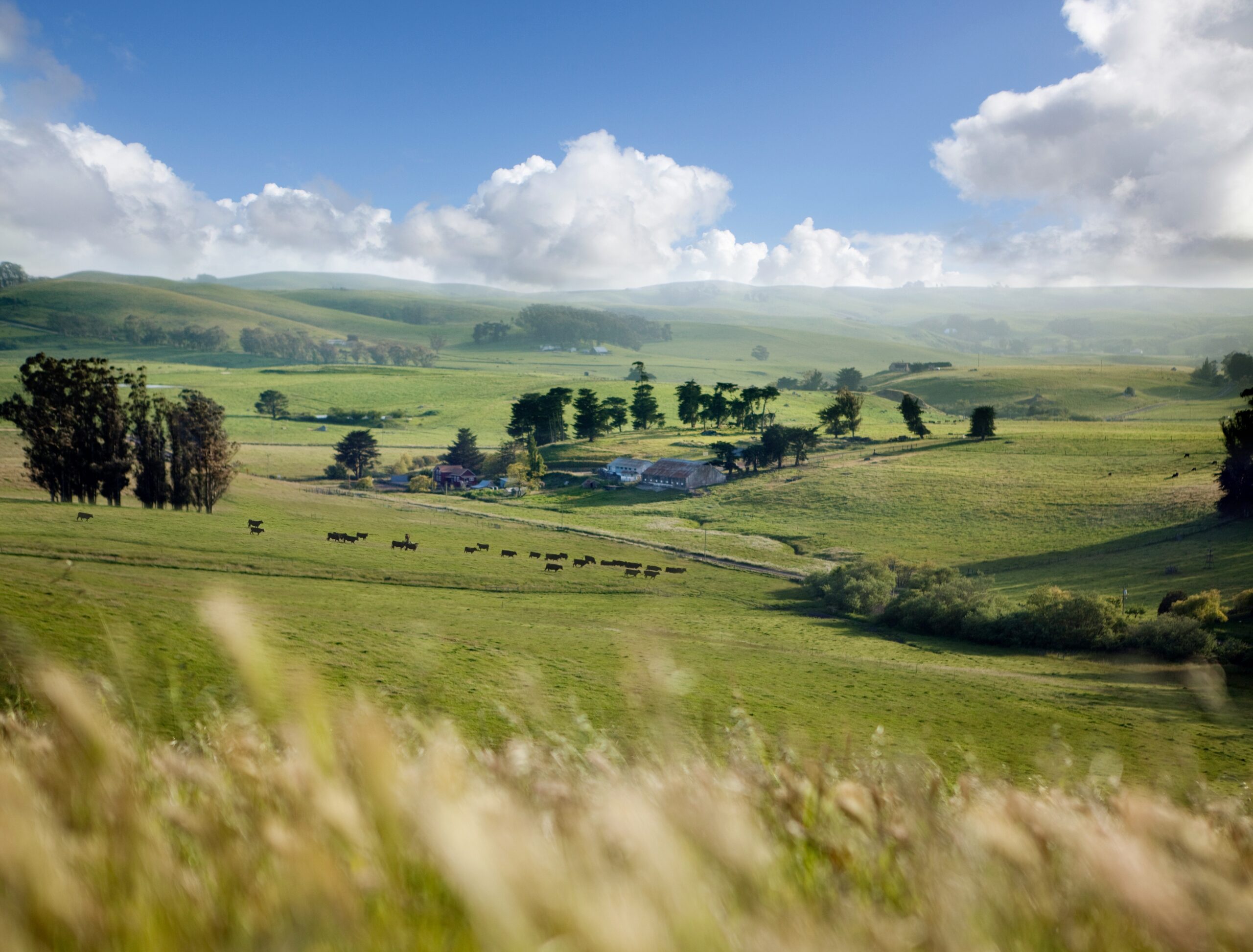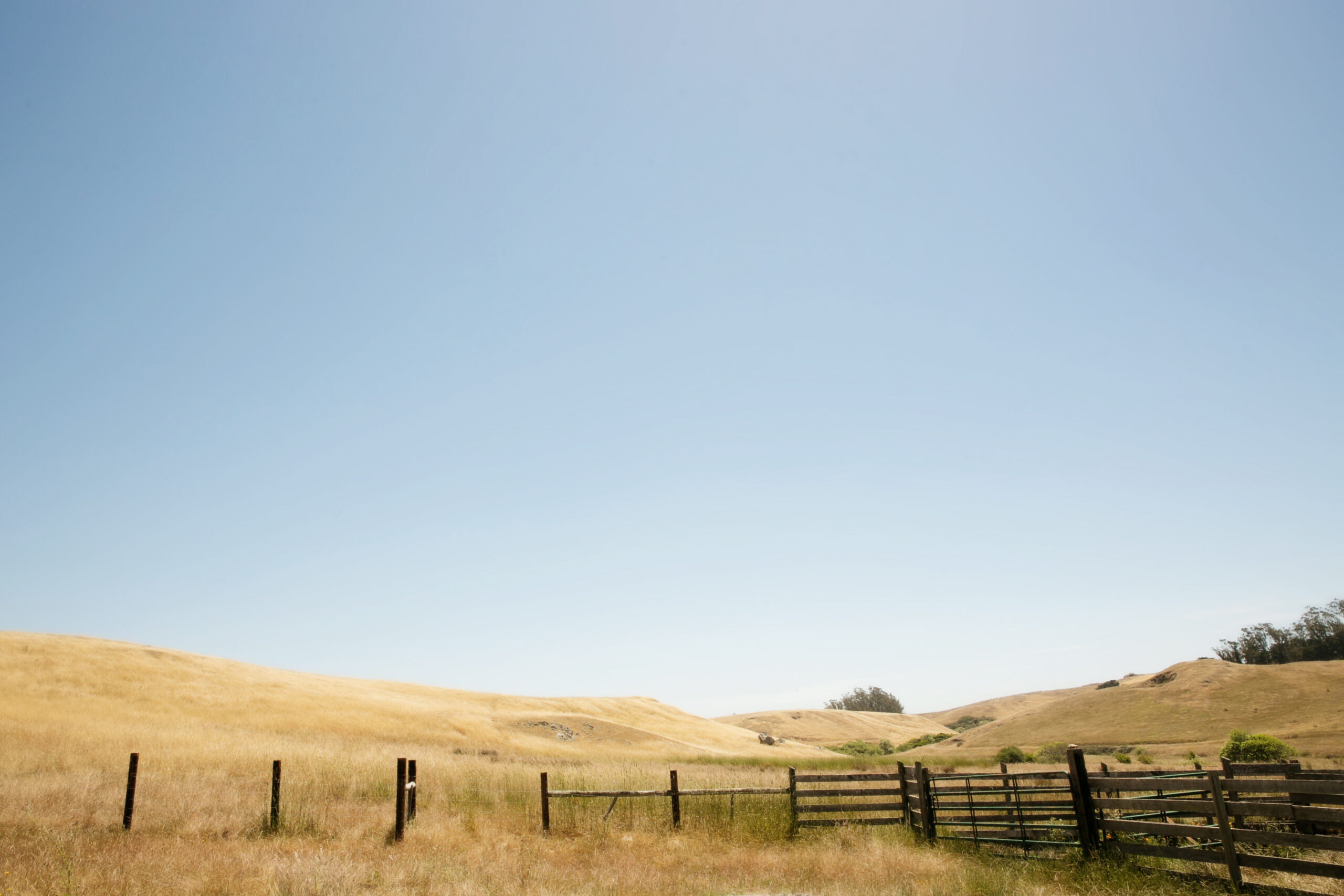
SCIENCE
The cornerstone of MCP’s mission is to identify and evaluate on-farm practices that can lower greenhouse gas emissions and sequester carbon dioxide from the atmosphere. MCP science has advanced the understanding of core principles in the academic fields of ecology, biogeochemistry, and soil science. At the same time, inquiries and studies have been guided by collaborations with practitioners. Working closely with institutions and stakeholders on the ground, MCP has been successful in connecting the academic community with producers and policymakers to explore and quantify the climate change implications of real-world management practices.
In partnership with the UC Berkeley Silver Lab, UC Cooperative Extension, the United States Geological Survey and Colorado State University’s Natural Resource Ecology Laboratory, MCP has produced over a dozen peer-reviewed and published papers, contributed to models used at the national and international scales and helped advance the fields of ecosystem science, soil science, and of the science of climate change mitigation.
The central principle that has informed MCP’s work is the role of carbon in the health of the terrestrial ecosystem. No single practice is a panacea. Instead, when organic matter, and its associated carbon content, is recognized as a primary factor in ecosystems (driving productivity, enhancing hydrology and nutrient cycling), a variety of common practices can be selected and applied in an ecologically and economically appropriate manner to maximize carbon capture and sequestration on the farm.
OVERVIEW
In 2008, MCP asked the question “Can management of grazing lands increase soil carbon here in Marin?” To this end, the Silver Lab from UC Berkeley conducted an extensive soil carbon survey on 35 sites on 22 ranches in Marin and Sonoma and completed a literature review of soil carbon pools on California’s rangelands.
The survey revealed a surprisingly high variation in soil carbon pools in Marin and Sonoma Counties. When rancher surveys were evaluated, it was determined that all the high-carbon sites were highly correlated with historical or existing dairy pastures with a history of manure application. To test the hypothesis that a topical application of a carbon-rich amendment to a grazed grassland could result in measurable increases in soil carbon, MCP set up experiments in both Marin and the Sierra Foothills, encompassing a range of climatic conditions in the northern California Mediterranean region. Although manure has clearly resulted in historic increases in soil C in Marin soils, it is also a source of nitrous oxide and methane (both powerful greenhouse gases), can contain viable seeds of undesirable plant species and has the potential to generate nitrate in leachate, which may contaminate local water supplies. In consultation with local producers and land managers, the Silver Lab selected compost, rather than manure, as a source of organic matter for the experiment.
Three control and three treatment plots were set at each location. After three years, significant increases in ecosystem carbon were observed on the treatment sites, while control sites were losing carbon. The treatment sites gained an average of one ton of carbon per hectare per year. As part of the three-year study, an analysis of plant species composition dynamics was conducted on both the Marin and the Sierra Foothills sites. No significant declines in plant biodiversity were seen from compost application. Integrating these data into the DayCent model showed net carbon sequestration from a one-time application of as little as ¼ inch of compost continuing for 30 to 100 years.
A full life-cycle analysis of compost production and application pointed to upstream benefits of composting organic materials traditionally treated as waste. The life cycle study demonstrated that “composted manure and plant waste led to large offsets that exceeded emissions, saving upwards of 55 Metric Tons of CO2 per acre.” Upstream diversion of both feedstocks from traditionally high-emissions waste management practices was the largest source of emissions reduction. Following this lifecycle analysis, Silver Lab conducted a literature review of manure from California dairies, identifying a large potential new feedstock for compost and finding that GHG emissions from manure were likely higher than previously assumed.
In 2015, MCP partnered with University of California Cooperative Extension to conduct an analysis of the greenhouse gas benefits, including soil carbon benefits of riparian restoration in Marin, Napa and Sonoma Counties. The cross-temporal analysis concluded that there are significant carbon and nitrogen sequestration benefits from the restoration of riparian systems.
In 2016 three MCP partners joined the CA NRCS Field Trials for Compost Application on Grazed Rangelands, expanding the original science to 15 bioclimatically diverse regions in California. The trials themselves will help evaluate compost application on rangelands across the state, while the science, again conducted by Silver Lab, will assist the state in modeling potential soil carbon impacts from this practice.
In partnership with the UC Berkeley Silver Lab, UC Cooperative Extension, the United States Geological Survey and Colorado State University’s Natural Resource Ecology Laboratory, MCP has produced over a dozen peer-reviewed and published papers, contributed to models used at the national and international scales and helped advance the fields of ecosystem science, soil science and of climate change mitigation science.
The central principle that has informed MCP’s work is the role of carbon in the health of the terrestrial ecosystem. No single practice is a panacea. Instead, when organic matter, and its associated carbon content, is recognized as a primary factor in ecosystems (driving productivity, enhancing hydrology and nutrient cycling), a variety of common practices can be selected and applied in an ecologically and economically appropriate manner to maximize carbon capture and sequestration on the farm.
Marin Carbon Project Science Papers
Tools and Templates
MCP has assisted in the creation of the NRCS COMET tools so that producers can estimate the carbon benefits of specific conservation practices in their land.
MCP and the CA NRCS have produced guidance documents for writing carbon farm plans. As carbon farm planning is evolving, templates are emerging from RCD collaboratives.

COMET-Farm
COMET-Farm provides a full life-cycle analysis of emissions sources and sinks generated by on-farm operations.

COMET-Planner
COMET-Planner allows users to select their geographic location and estimate the carbon sequestration potential associated with 30-plus NRCS-approved conservation practices.

CA Compost Planner
This tool has been developed to support programs coordinated by the CDFA and the California Air Resources Board (CARB), and contains information on conservation practices eligible under the HSP.
Resources

POWERPOINT
Lorem ipsum dolor sit amet, at mei dolore tritani repudiandae. In his nemore temporibus consequuntur, vim ad prima vivendum.

POSTER
Lorem ipsum dolor sit amet, at mei dolore tritani repudiandae. In his nemore temporibus consequuntur, vim ad prima vivendum.

Brochure
Lorem ipsum dolor sit amet, at mei dolore tritani repudiandae. In his nemore temporibus consequuntur, vim ad prima vivendum.
If you are an agricultural producer or landowner in Marin County interested in obtaining a Carbon Farm Plan, please contact the Marin RCD by emailing marinrcd@marinrcd.org or calling (415) 663-1170.






